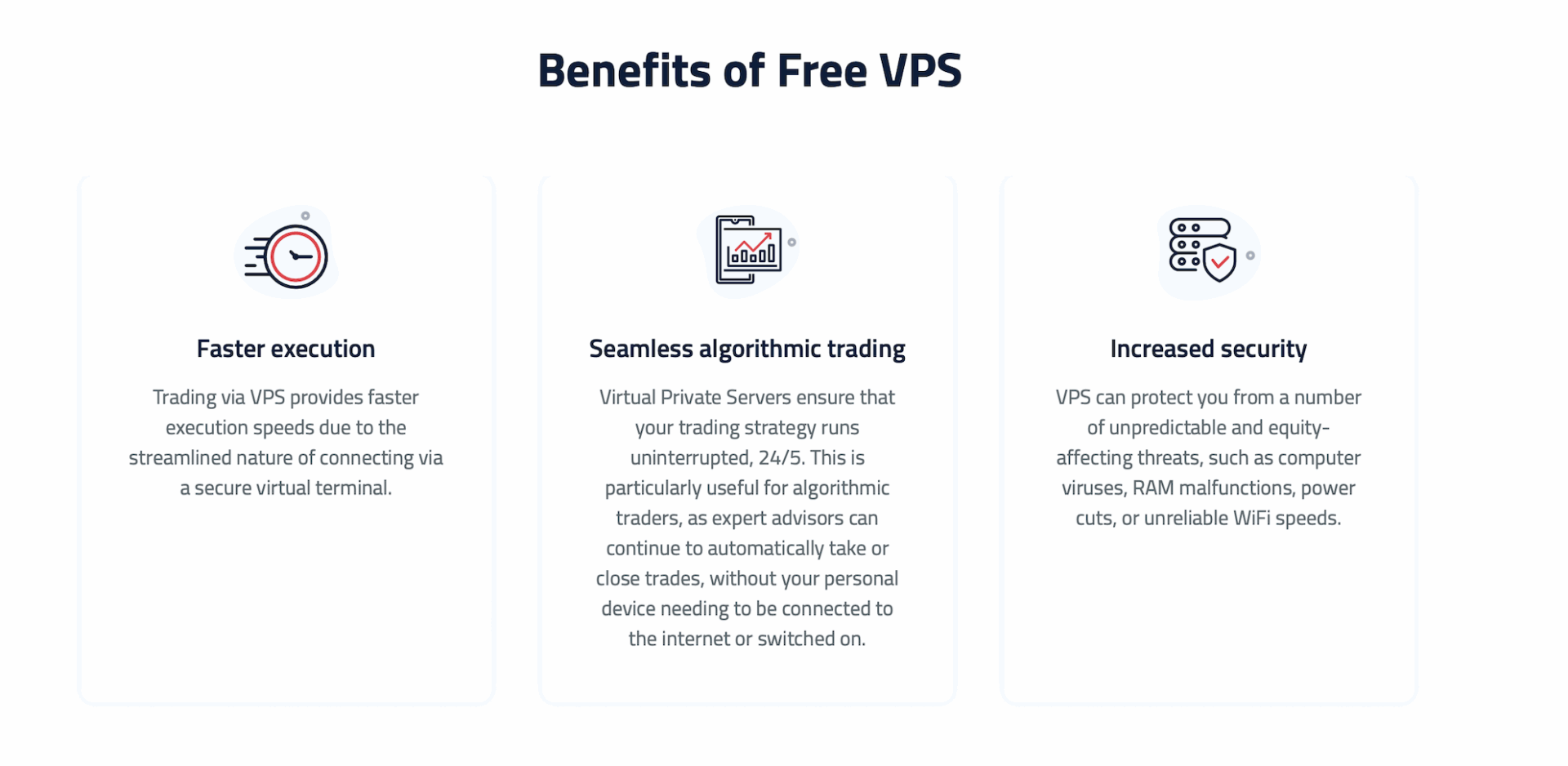Did you know that switching day trading brokers can be as stressful as trying to teach a cat to swim? In the fast-paced world of trading, choosing the right broker is crucial for success. This article from DayTradingBusiness provides essential insights on how to switch day trading brokers smoothly. You'll learn how to select the best broker, the necessary steps and documentation for a seamless transition, and how to safely transfer funds and trading history. We also cover common pitfalls to avoid, tips for minimizing downtime, and the costs associated with switching. Whether you're concerned about maintaining your trading strategies or updating banking details, this guide ensures you navigate the broker switch without a hitch.
How do I choose the best day trading broker?
To choose the best day trading broker, look for low commissions, fast execution, reliable platform stability, good customer support, and regulatory compliance. Test their trading platform with a demo account first. Read reviews from other traders for insights on reliability. Ensure they offer the assets you want to trade and have responsive customer support. Prioritize brokers with transparent fee structures and strong security measures.
What steps are involved in switching brokers?
Open a new brokerage account first. Transfer your funds from the old broker to the new one. Close your account with the previous broker after confirming the transfer. Update your trading platform with the new broker’s details. Review your trading strategies to adapt to the new platform. Ensure all pending orders are managed before closing the old account. Test the new platform with a small trade to confirm smooth operation.
How do I transfer funds between brokers safely?
To transfer funds between brokers safely, first verify both brokers’ security measures and reputation. Initiate a withdrawal from your current broker, ensuring all account verification steps are complete. Use the official transfer process—most brokers support ACH transfers, wire transfers, or Automated Customer Account Transfer Service (ACATS). Notify your new broker about the transfer and provide necessary account details. Confirm receipt of funds before trading. Avoid third-party payment services to minimize fraud risk. Always keep records of transfer confirmations and communications.
What documentation is needed to switch brokers?
You need your current broker’s account statement, proof of identity (like a driver’s license or passport), and possibly a recent utility bill for address verification. Also, gather your trading account number, any necessary authorization forms, and your new broker’s account setup paperwork.
How can I avoid downtime during broker transition?

To avoid downtime during a broker transition, open your new trading account before closing the old one. Transfer funds early and verify account details thoroughly. Use a broker with quick onboarding and support. Keep your trading platform updated and test it with small trades beforehand. Communicate with both brokers to coordinate the switch, and avoid closing your old account until the new one is fully operational.
What are common pitfalls when changing brokers?
Common pitfalls when changing brokers include not closing out open positions properly, losing track of account details, and failing to transfer funds securely. Another mistake is neglecting to verify new broker credentials or account compatibility. Some traders forget to update automatic deposits or trading platforms, causing delays. Not understanding the fee structure or withdrawal policies of the new broker can also cause surprises. Lastly, rushing the switch without thorough research can lead to choosing an unreliable or unsuitable broker, risking account security and trading continuity.
How do I close accounts with my current broker?
Contact your current broker’s customer service or login to your account portal. Request a formal account closure or transfer your account to a new broker. Ensure all balances are settled, and ask for any required paperwork. Verify if there are transfer fees or specific procedures. Once your account is closed or transferred, set up your new broker account and fund it.
How do I set up a new trading account quickly?
Open your chosen broker’s account online with your personal details and ID. Fund the account via bank transfer or deposit method they accept. Confirm your identity with any required documents. Once approved, transfer funds from your previous broker if switching. Log into your new trading platform and familiarize yourself with its features.
What should I check before finalizing a broker switch?
Check for compatibility with your trading platform, ensure minimal downtime during transfer, verify account funding options, confirm fee structures, and review the broker’s reputation. Also, back up your trading data, understand the transfer process, and notify your current broker of the switch.
How can I ensure my trading strategies remain uninterrupted?

To switch day trading brokers smoothly, open your new account first, then transfer funds and assets via a direct transfer or withdrawal and deposit. Notify your current broker of your intent to close the account once the transfer is complete. Keep your trading schedule consistent during the transition to avoid gaps. Confirm all trades are settled and accounts are properly linked before fully switching. This ensures your trading strategies stay active without interruption.
What are the costs associated with switching brokers?
Switching brokers costs include potential account transfer fees, withdrawal or closing fees, and possible inactivity or termination charges. You might also face costs from new account setup, such as deposit minimums or software fees. Additionally, there could be slippage or missed trading opportunities during the transition. Consider any penalties for closing your current account or transferring assets.
How do I transfer my trading history to a new broker?
Export your trading history from your current broker’s platform, usually as a CSV or PDF file. Contact your new broker and ask if they accept importing trading history files. Upload the history file into their system or provide it during account setup. Ensure all trades, dates, and details are accurately transferred. Keep records of your previous trades handy in case of discrepancies. Confirm with your new broker that your trading history is complete before closing your old account.
How do I update my banking details with the new broker?
To update your banking details with the new broker, log into your account, navigate to the payment or banking section, and enter your new banking information. Confirm the details and save changes. Some brokers may require identity verification or a small test transaction. Contact customer support if you encounter issues.
What are the risks of switching brokers mid-trading?
Switching brokers mid-trading risks losing open positions, facing delays in fund transfers, encountering account setup issues, and experiencing potential gaps in trading data. It can disrupt your trading strategy, cause missed opportunities, or lead to unexpected costs. If not managed carefully, it might also result in compliance or security problems.
How do I communicate the switch to my broker effectively?
Tell your broker clearly and directly that you're switching, specifying your last trading day. Provide a written notice if required. Ensure all your account details are up to date. Transfer your funds and open a new account with the new broker before closing the old one. Confirm the transfer process and timelines. Keep records of all communications. Follow up to ensure your old account is closed and funds are settled.
Conclusion about How to Switch Day Trading Brokers Smoothly

Switching day trading brokers can be a complex process, but with careful planning, it can be done smoothly. Understand the key steps involved, from choosing the right broker to transferring funds safely and ensuring minimal downtime. Be aware of common pitfalls and prepare the necessary documentation to avoid any disruptions. By following a structured approach, you can maintain your trading strategies and minimize costs. Remember, DayTradingBusiness is here to provide you with the insights and support needed to navigate this transition effectively.
Learn about How Do Brokers Track and Report Day Trading Activity?
Sources:
- Measuring Liquidity in Financial Markets
- Finance & Development, March 2002 - September 11 and the U.S. ...
- A Brief History of the 1987 Stock Market Crash with a Discussion of ...
- The Fed Explained: What the Central Bank Does
- FRB: Humphrey-Hawkins Report, July 22, 1999
- The Evolution of Treasury Market Liquidity: Evidence from 30 Years ...